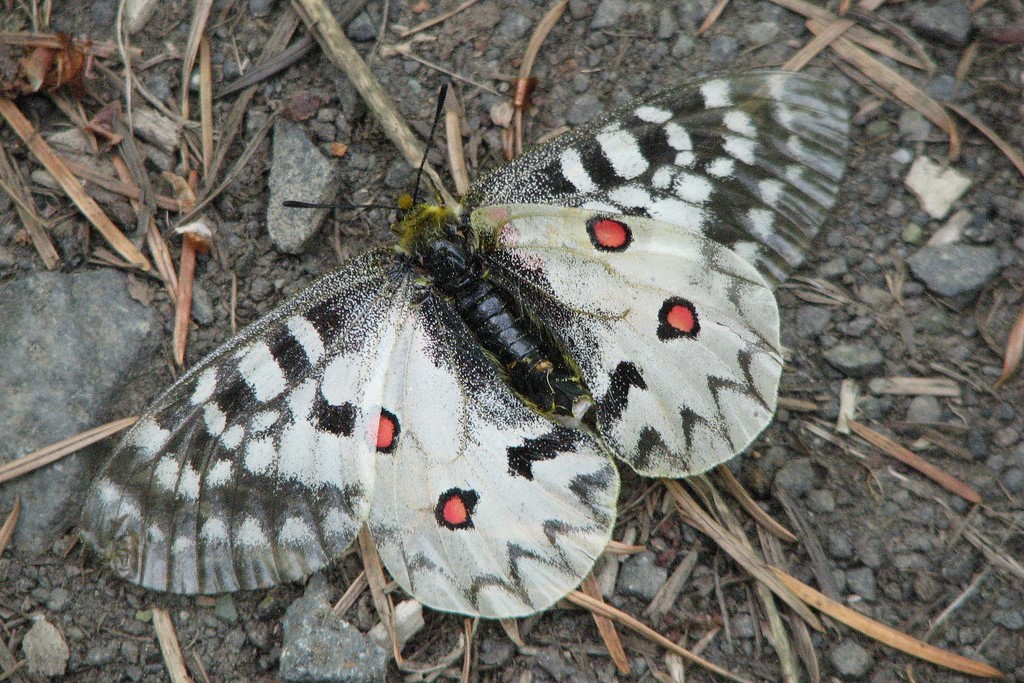Investigating movement and population genetic structure of Parnassius clodius butterflies in Grand Teton National Park
Abstract
Numerous species are responding to warming climate by shifting distributions northward and poleward. Butterflies have been instrumental in documenting such climate-induced range shifts. Parnassius clodius is a montane butterfly found throughout the Greater Yellowstone Ecosystem in metapopulations of disconnected dry, gravelly sagebrush meadows. Dispersal among metapopulations will likely strongly determine whether the species can move in response to changing climate. We collected P. clodius in 41 study sites spread throughout the GYE for which we also have occupancy data. Future analysis of genotyping-by-sequencing data for these 209 samples will help describe population structure across the landscape and identify potential landscape features that are barriers to movement for this species.
Featured photo by U. S. Forest Service - Pacific Northwest Region on Flickr. https://flic.kr/p/U7HmLm

